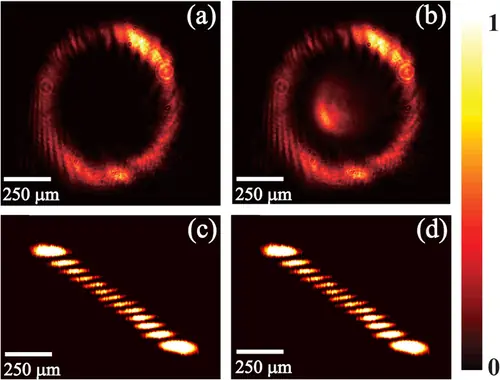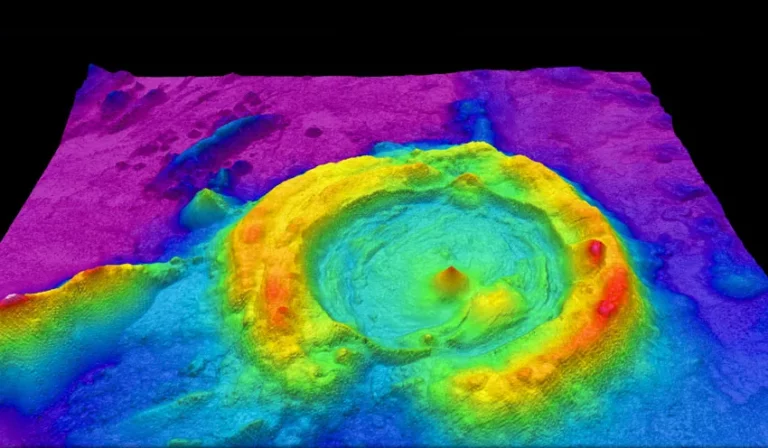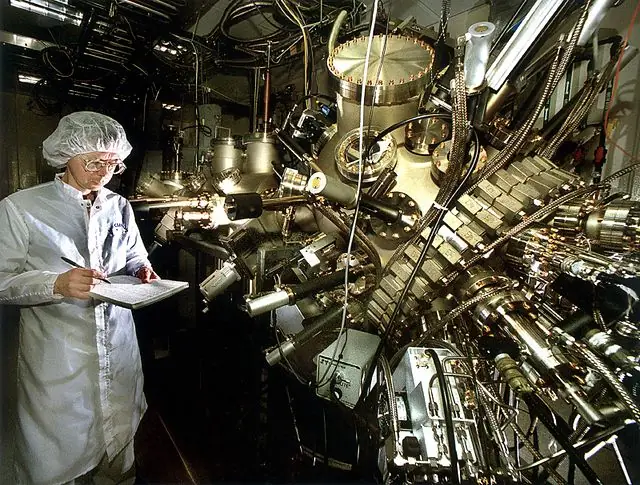Scientists Uncover Anomaly In GRACE-FO Satellite Laser Ranging Data Over South-Atlantic

The Gravity Recovery And Climate Experiment – Follow On (GRACE-FO) satellite mission is a groundbreaking effort to study mass redistribution within the Earth. Two nearly identical satellites launched in 2018 use instruments such as the K-Band Ranging (KBR) and the Laser Ranging Interferometer (LRI) to precisely measure the inter-satellite distance variations. However in a newly published research paper, a previously unknown anomaly was discovered in the LRI phase measurement.
Single Event Upsets (SEUs) are short-lived disturbances in the phase measurement caused by the interaction of charged particles or cosmic radiation with the onboard electronics. The paper discusses the identification and modeling of SEUs in LRI data processing. The study shows that while SEUs are rare and short-lived events, they can be identified and removed in post-processing, providing more accurate results in the study of mass redistribution within the Earth system.
Overall, the researchers identified 29 SEUs in over four years of LRI data. These events clustered at the South-Atlantic Anomaly, a region of the Earth’s magnetic field where charged particles from the Van Allen radiation belt come closest to the planet’s surface. Radiation can cause bit flipping, a phenomenon in which charged particles or cosmic radiation interfere with electronics and change data in their registers, leading to errors or disturbances in measurements.

To identify SEUs in the LRI data, the researchers first simulated the digital filtering chain within the Laser Ranging Processor (LRP), which is where SEUs are expected to have an effect on the measured phase through flipped bits in the registers of the lowpass Finite Input Response (FIR) filters. They then created templates for the expected SEUs and used them to detect actual SEUs in the measured phase data.
The clustering of SEUs at the South-Atlantic Anomaly (SAA) is not unexpected, as it is a well-known region of increased radiation levels due to the interaction of the Earth’s magnetic field with cosmic rays. However, the fact that some SEUs seem to originate from multiple bits flipping simultaneously or with a slight time delay suggests that the radiation environment in the SAA is more complex than previously thought.
The researchers also characterized the SEUs by analyzing the duration and amplitude of the events, as well as their frequency distribution. They found that SEUs in the LRI data were rare and short-lived, with durations ranging from a few microseconds to a few milliseconds. The amplitude of the SEUs varied from a few nanometers to over 100 nanometers, depending on the severity of the event.

The simulation and template-based fitting approach used to identify and extract SEUs from the LRI phase data proved to be effective, although it required a significant amount of processing time and resources. The 29 SEUs identified over four years of LRI data are relatively rare and short-lived events, and their impact on the retrieved gravity fields is expected to be minimal.
Overall, the researchers concluded that the presence of radiation-induced SEUs in the LRI data has little to no impact on the retrieved gravity fields. However, their identification and removal from the data in post-processing could improve the precision of the LRI measurements. This study demonstrates that it is possible to identify and remove this particular noise source in post-processing, which could be useful for future laser ranging instruments in low-earth orbit or deep space.






